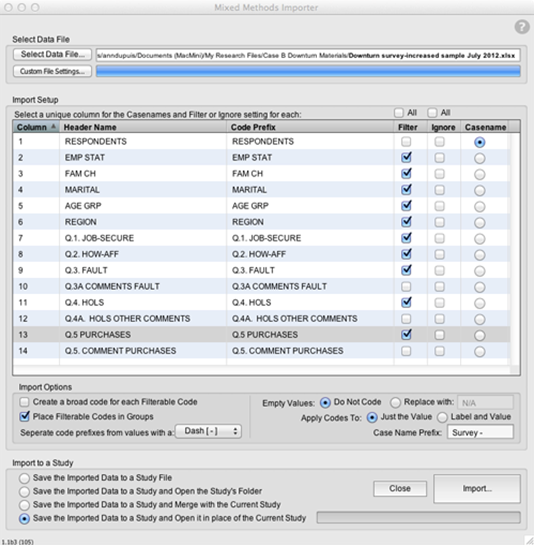
The second observation took place three months later, To gain a general orientation of the piece. He had played through the piece “once or twice” prior to our first session in order He encountered the O'Byrne piece after theĬomposer (a friend of his) showed him parts of it, and decided to learn it for the sameĬompetition. It as an entry to an international piano competition. Less than two months after the first, and about two weeks after he had made a video recording of The second observation of this work occurred slightly Spent some time thinking about the piece. Prior to the first observation of this piece he had played through it once and had 1 “Rhapsody: On an Irish Song.”Ĭarlos had learned and performed the Clementi work some three years prior, and was starting to Two sessions he worked on Breffni O'Byrne's (1988-) Op. 3 in G minor “Didone abbandonata: Scena tragica.” For the other This classification is given in Table 6, but prior to that each work and salientĭetails about the preparations and time frames are discussed for each participant.įor two of the four observation sessions, Carlos 13 worked on Muzio Clementi's (1752-1832)

These stages correspond loosely to both Mishra's and ChaffinĪnd Imreh's. Distinguishingīetween the finer details of the stages is difficult, and each observation session will simply be Observed in this study, a very broad three stage classification will be used. Last stages of each could be considered equivalent. Proposed, with Chaffin and Imreh's stage 2 to 5 collapsed into Mishra's stage 2. There is a rough correspondence between the stages Sub-divisions for each stage of practice. (2005) suggests three stages, 1) preview, 2) practise, and 3) over-learning. Section, 3) technical work, 4) putting it together, 5) polishing, and 6) maintenance. They call these 1) scouting it out, 2) section by Chaffin and Imreh (2002b)ĭescribe stages in the practising process. Several of the pieces were at different stages of development. The six pianists practised a range of different pieces for the observation sessions, and Vladimir Male First year Y Beethoven and Ravel Rosalyn Female Preparing for A exam Y Beethoven and Brahms Maurizio Male Preparing for A exam X Bach and Beethoven Martha Female One year to A exam Y Beethoven and Dutilleux Khatia Female Preparing for B exam Z Bach and Franck Gender, phase of study, teachers and repertoire of the six participants in the observation study Participant Gender Phase of study Teacher RepertoireĬarlos Male One year to B exam X Clementi and O'Byrne Her formative years there, two participants had come to Finland from elsewhere in order to Were born and raised in Finland, one was born outside Finland, but spent a considerable time of They were taught by three teachers (see Table 5). Gender, with three male and three female participants who ranged in study time from first year Although the sample was opportunistic, it was also fortuitously balanced in terms of
#Recoding hyperresearch movie#
Each were promised and given movie tickets as a thank you

Information was also discussed with each at a preliminary meeting at which meeting dates and

The research and their involvement, together with their rights, in writing (Appendix C). All received a description of the nature of Volunteers were sourced through the first approach. The other three were approached directly by the researcher because not enough Teachers after a request from the researcher to several staff members for suggestions of Three of the participants were suggested by their This group was opportunistically sampled. Piano music department of the Sibelius Academy, Helsinki, Finland. The six pianists who were observed and interviewed for this study were all students of the


 0 kommentar(er)
0 kommentar(er)
